Sometimes the simplest things trigger profound memories. To get my outdoor stewardship going for 2020, I volunteered on the second Saturday of the year at the same place I started my stewardship last year – LAX Dunes. Jennetta and I spent a few hours helping to remove (pull up 😄) broad leaf filaree (Erodium botrys) – a non-native (aka invasive) plant species. We set this up as an event for our outdoor group but alas it was just us two, ‘toiling’ in the crisp air, enjoying the views, watching planes fly overhead, and pulling up broad leaf filaree. It wasn’t hard work, just tedious and necessary work.
Before we got started I thought we would be working on the same species we pulled last year, given we were working in the same general area at the same time of year. However, I didn’t notice a lot of that plant around and was very happy to get confirmation from the coordinator that the work volunteers did last year made a difference. That particular species is now less widespread in the area and hopefully with ongoing efforts will stay that way.
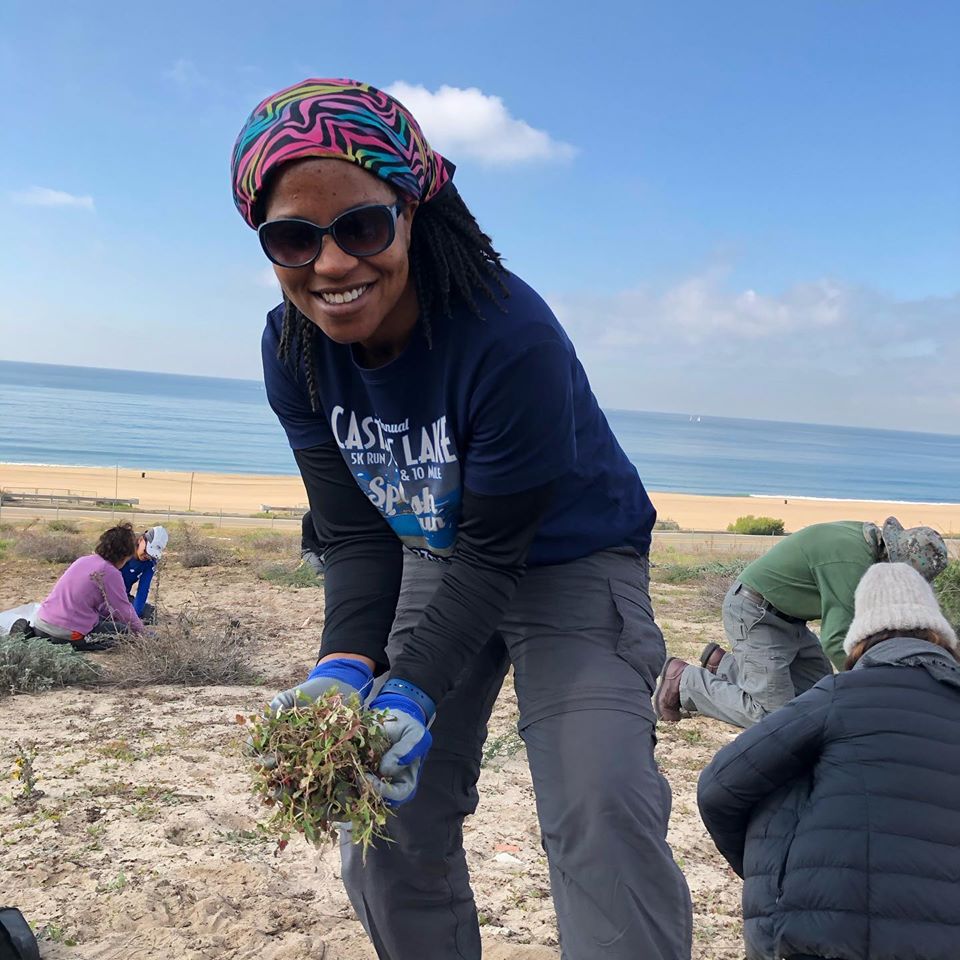
Part of Jennetta’s haul 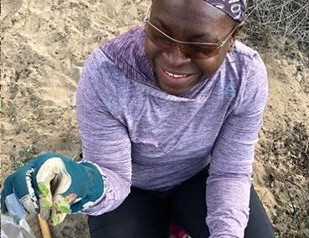
Trust me, I pulled a lot more than this one sprig!
So what memory(ies) did pulling up the invasives trigger? Helping in my mother’s and my family’s ‘kitchen’ gardens as I was growing up. A chore that I did not often enjoy, sometimes did grudgingly, but always did nonetheless because I had no choice. Also ‘small-farming’ or ‘kitchen gardening’ as we call it at home, helped to pay for my education from primary school to tertiary level. Now I reflect on and really appreciate the hard work my mother and family did, and still do. Back then, I had a sense of how much we depended on those gardens, but now I understand a lot more. Perhaps gardening is in my DNA – a bit latent when I was younger, but certainly a hobby (and a necessity) in the last several years. I value the lessons I learned from my family and have been able to do substantial work on my backyard because of them.
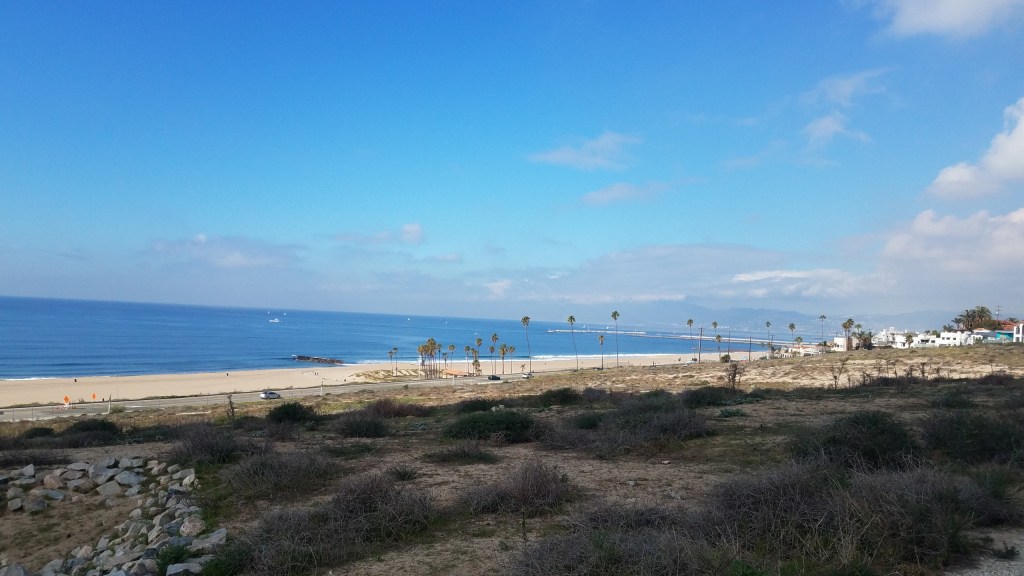
Working at the dunes also prompted specific memories of other stewardship efforts like beach cleanups (still working on the post I started after the last one) and removing invasive species elsewhere (e.g. air potato roundup in Gainesville). It also got me thinking of how much more I could be doing. I strongly believe that all of us have the responsibility to be good stewards of the natural resources we benefit from, even if many people don’t use and enjoy them as actively as I do. All people benefit from the services provided by natural ecosystems (think of the air we breathe, the oceans we swim and fish in, the coral reefs that protect our coastlines). So if only for practical reasons we should take good care of what we depend on to survive.
I consider myself a responsible user of natural resources, following ‘Leave-no-Trace’ principles when I’m outdoors and actively encouraging others to do so, but I don’t otherwise practice natural resource stewardship as much as I should, relative to the amount of use I derive from these resources. What’s stopping me? I did a mere 3 cleanups in 2019. How many will I do in 2020? At least 6? Can I make it to 12? This is one more improvement that I’m working on this year.
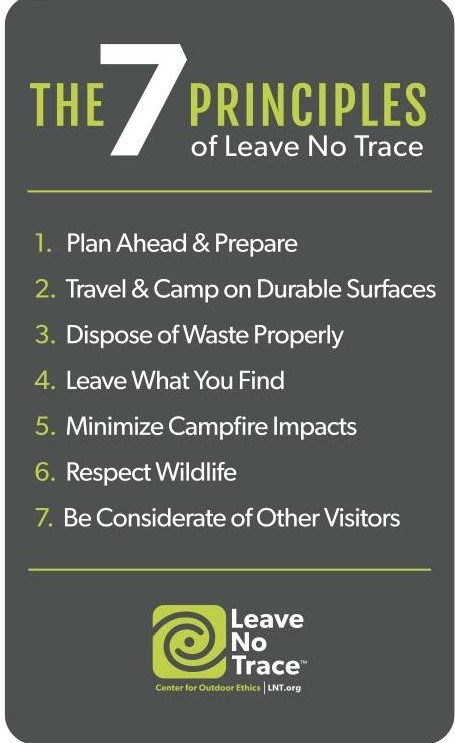
In previous years I not only volunteered for cleanups, but helped to plan them as well (more about this in a post coming soon). I also volunteered in areas other than natural resource protection and restoration. I touch on this again here because travelling to volunteer is an important part of tourism and a topic I hope to focus on in a future post.
About the Enamel Plates …
After pulling up lots of broad leaf filaree, we of course had to eat and deciding where to eat is usually a job and a half 😁. This time around it was relatively simple because close to the end of our work two volunteers next to us were chatting about good restaurants in the area – we just chose one they discussed. It turned out to be a good choice. My lobster roll wasn’t as big as I expected, given what I paid for it, but it was certainly tasty.
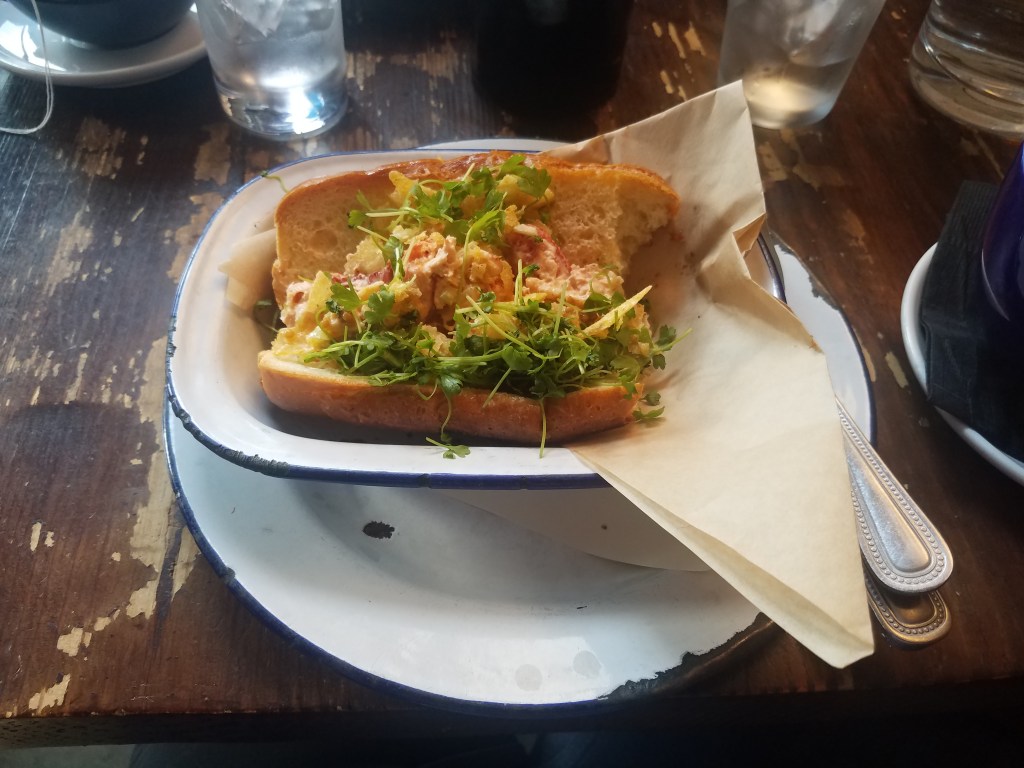
One major highlight of lunching in this restaurant was that my meal was served on ‘vintage’ enamel tableware which immediately took me back to my childhood in Barbados. Though these plates look worn, they were made to look that way (distressed is how they are described by retailers) rather than having survived years and years of distress. No restaurant worth its salt would risk enamel flakes in a customer’s meal.
Another highlight was that their water glasses were made from used wine bottles 😊. Of course I asked to make sure that they weren’t just glasses designed to look like wine bottles. Excellent reuse of a container for a beverage that I thoroughly enjoy!🥂
Yet another highlight – Mount Gay Black Barrel was on their menu … just like it is on StinkaMissy’s Rum Shop’s menu 😉.


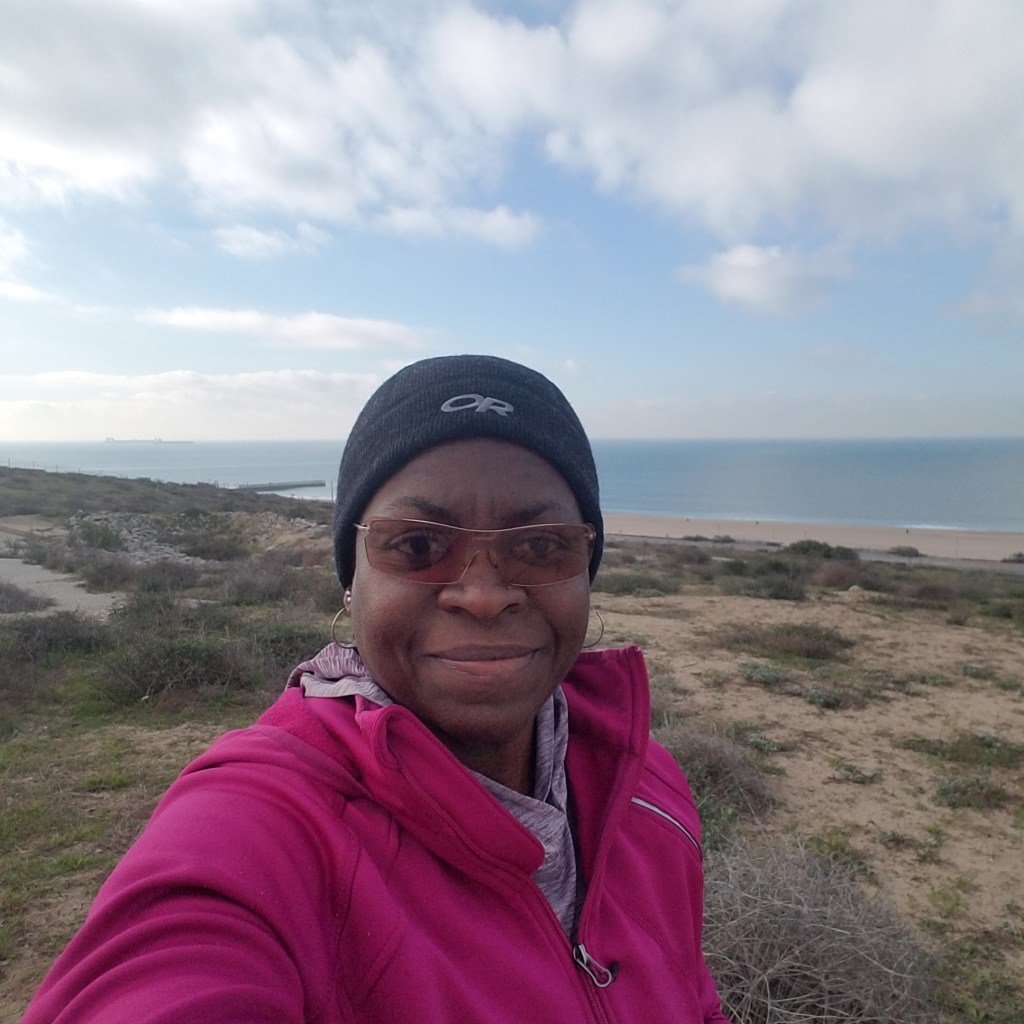
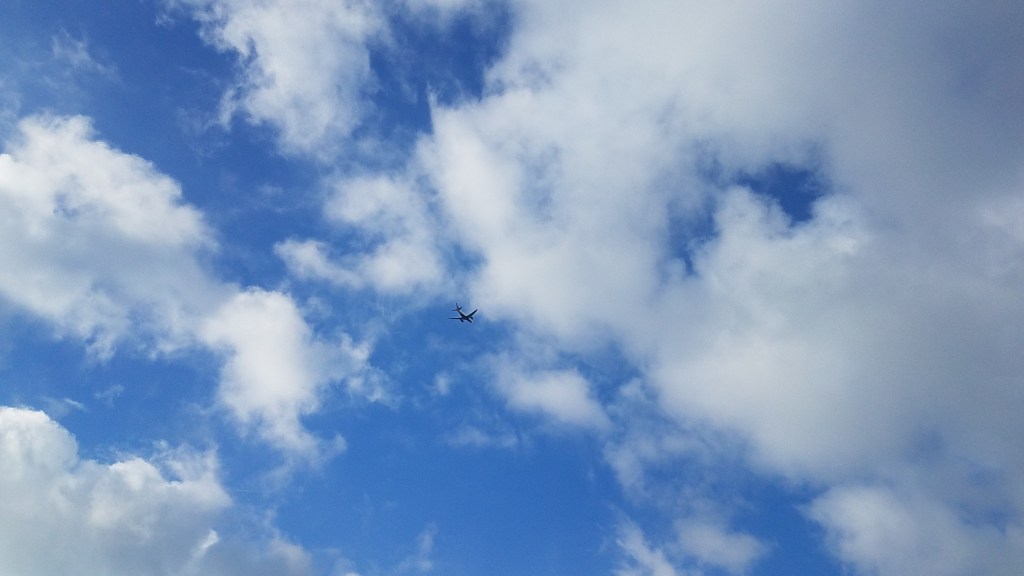
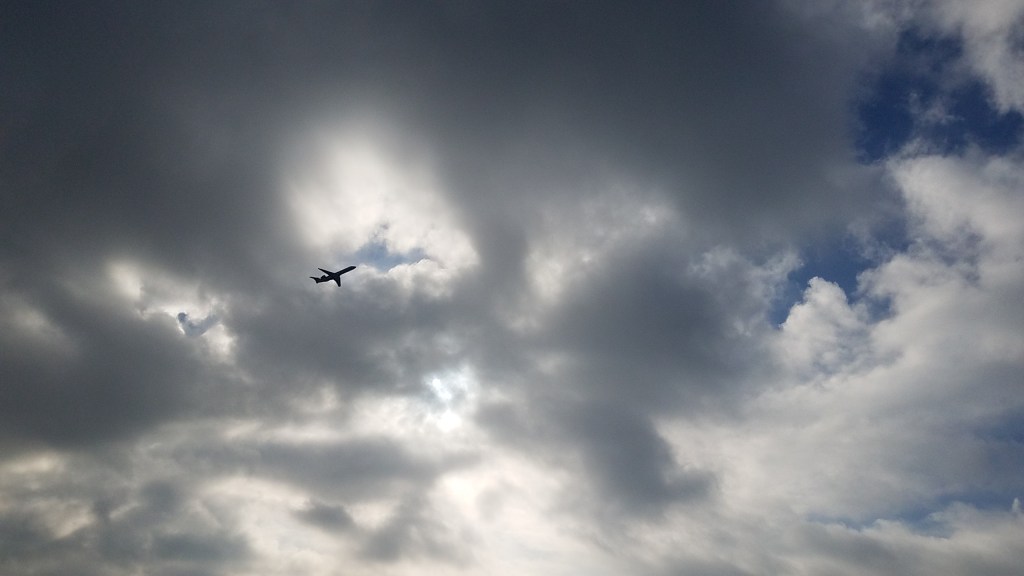
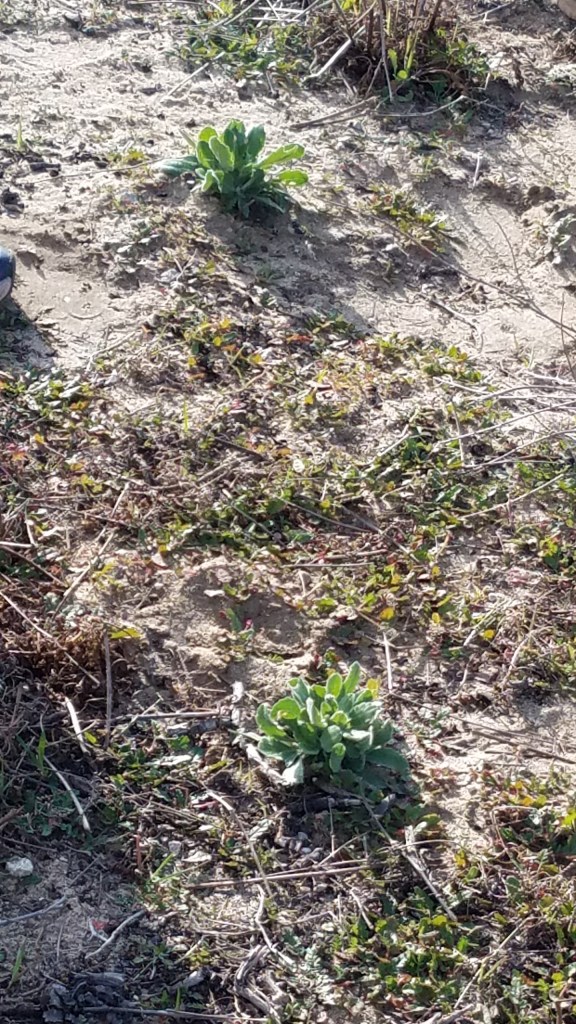
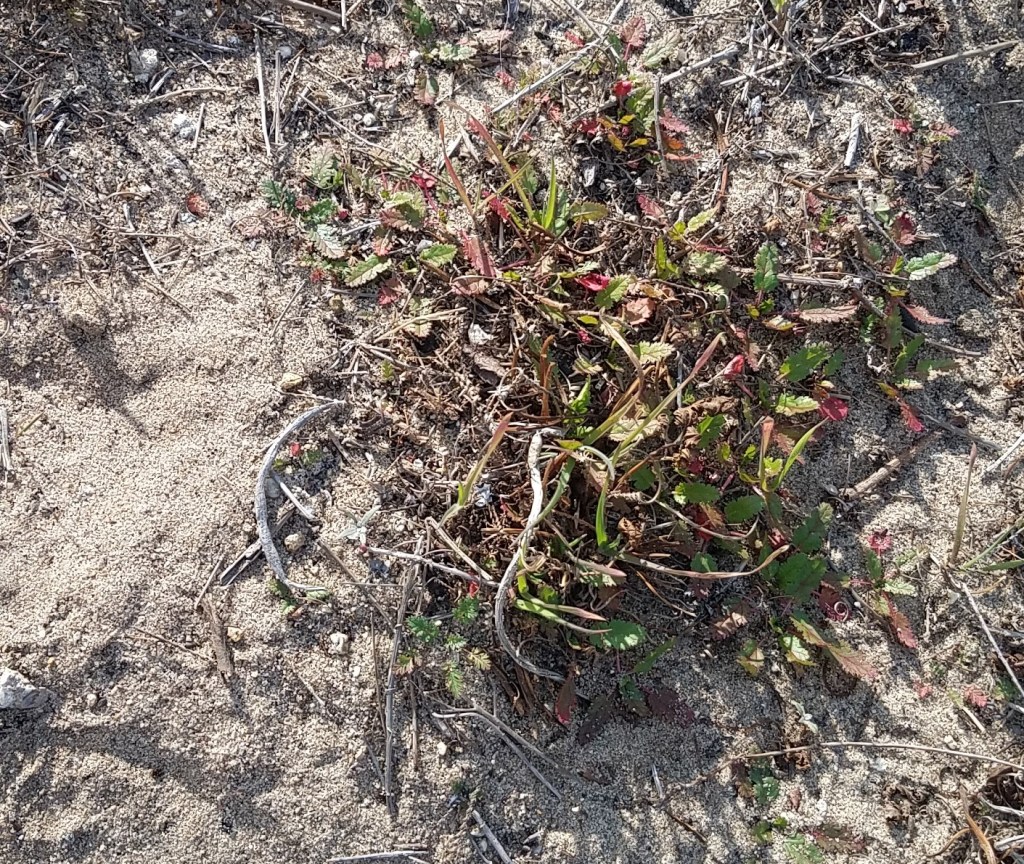
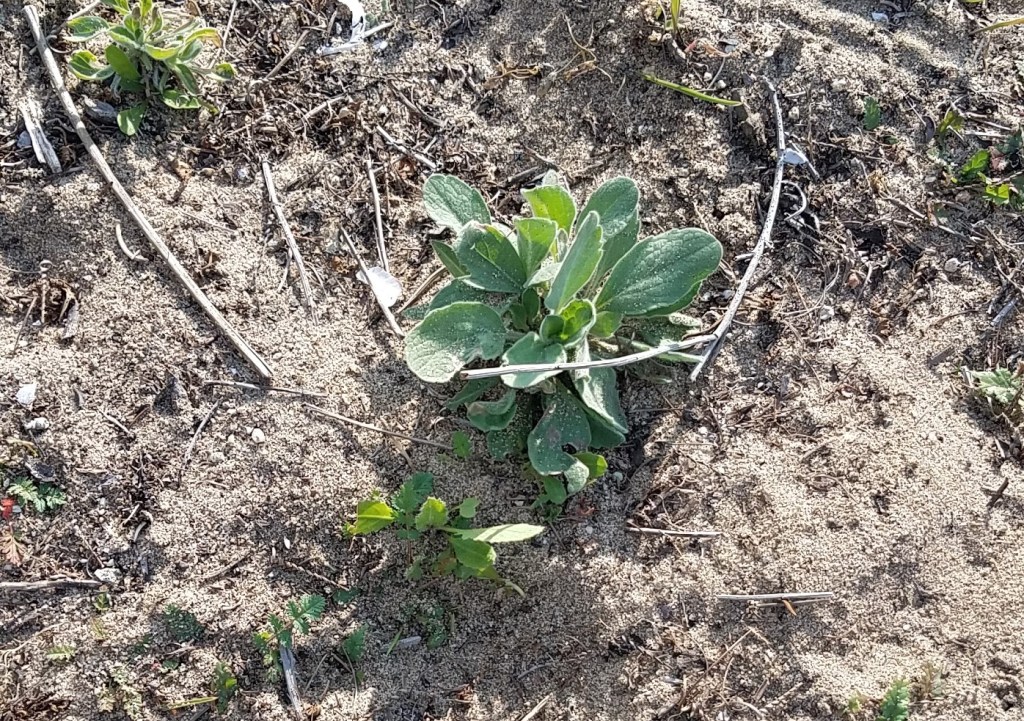

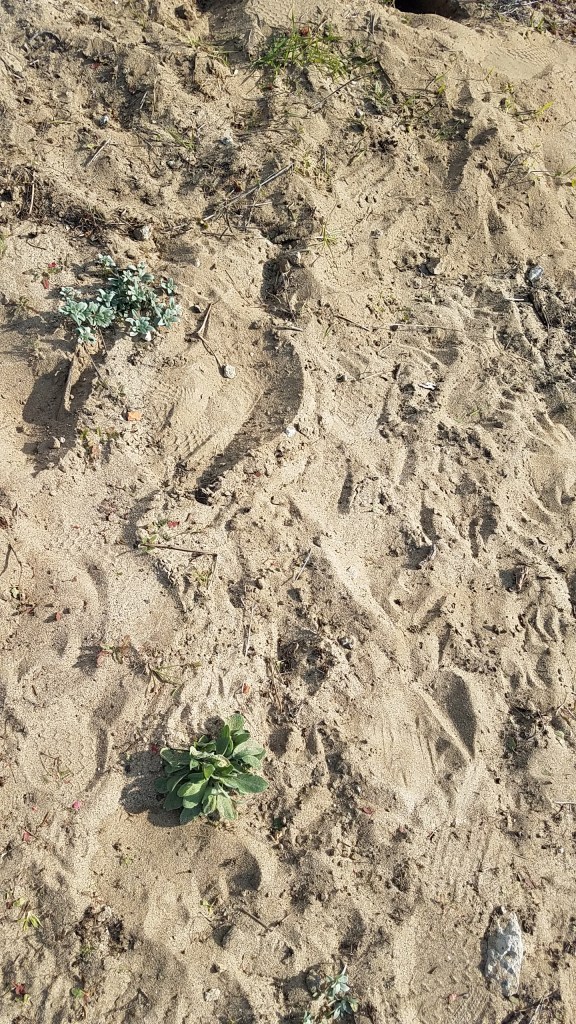

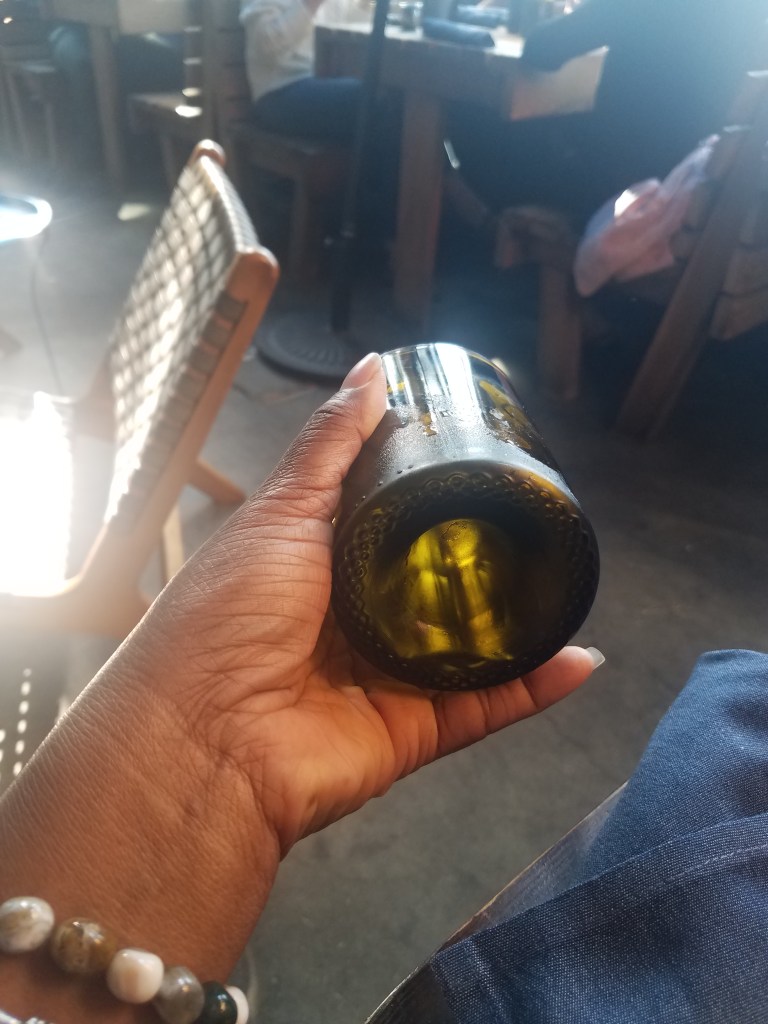
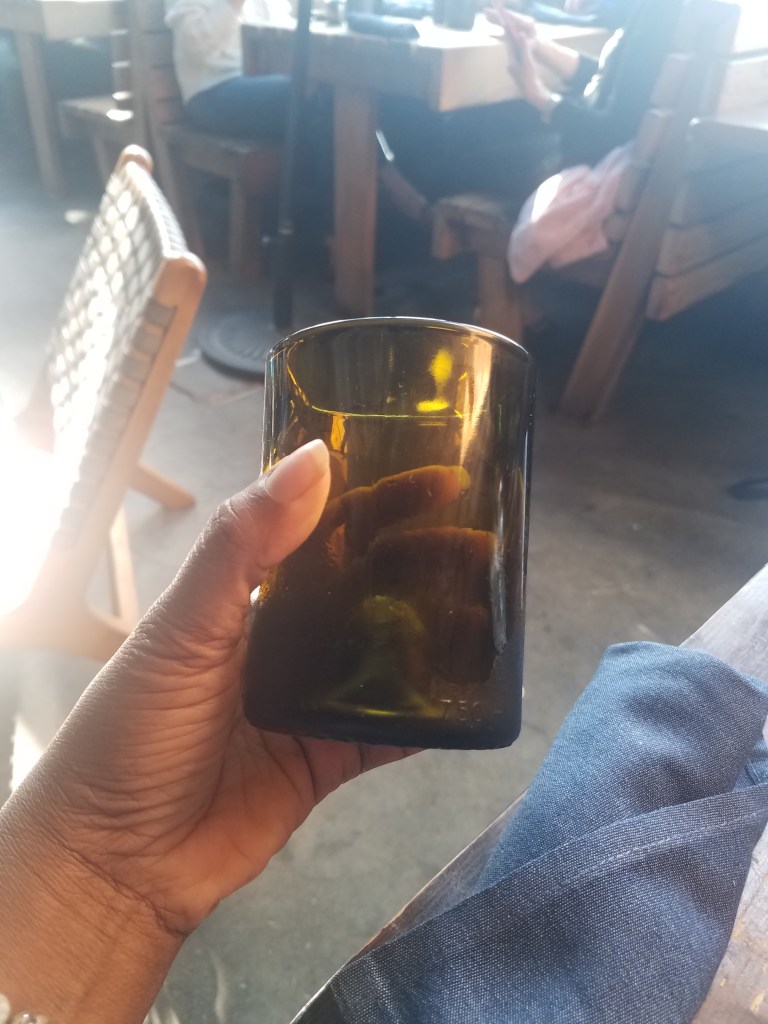
It was a very good day! You’ll have to show me a picture of an air potato! 🤷🏾♀️🙂
LikeLiked by 1 person
👏🏾👌
LikeLiked by 1 person
Well done Stinka Missy! Thank you for your honesty about your earlier years and your achievements from and where they have led you today! I remember all those times you have included in your blog. Looking back you might not have liked it but when you did, we were a happy family team together! It is really an old but true slogan “Charity begins at home and ends a broad.” Thanks for sharing your other experiences and I wish you continual success in in your future endeavors.
I do not get to read and respond to all of your blogs but I do support you 100% in them!
Keep up your ‘Great’ work! You will inspire others to start things they will like to do!👍
LikeLiked by 1 person
Yes there were some good times in the garden.
LikeLike
👍 it look like you was there chilaxing DR stinka missy 😂❤️It
LikeLiked by 1 person
Love it. Continue to save our planet. Every effort counts.
LikeLiked by 2 people